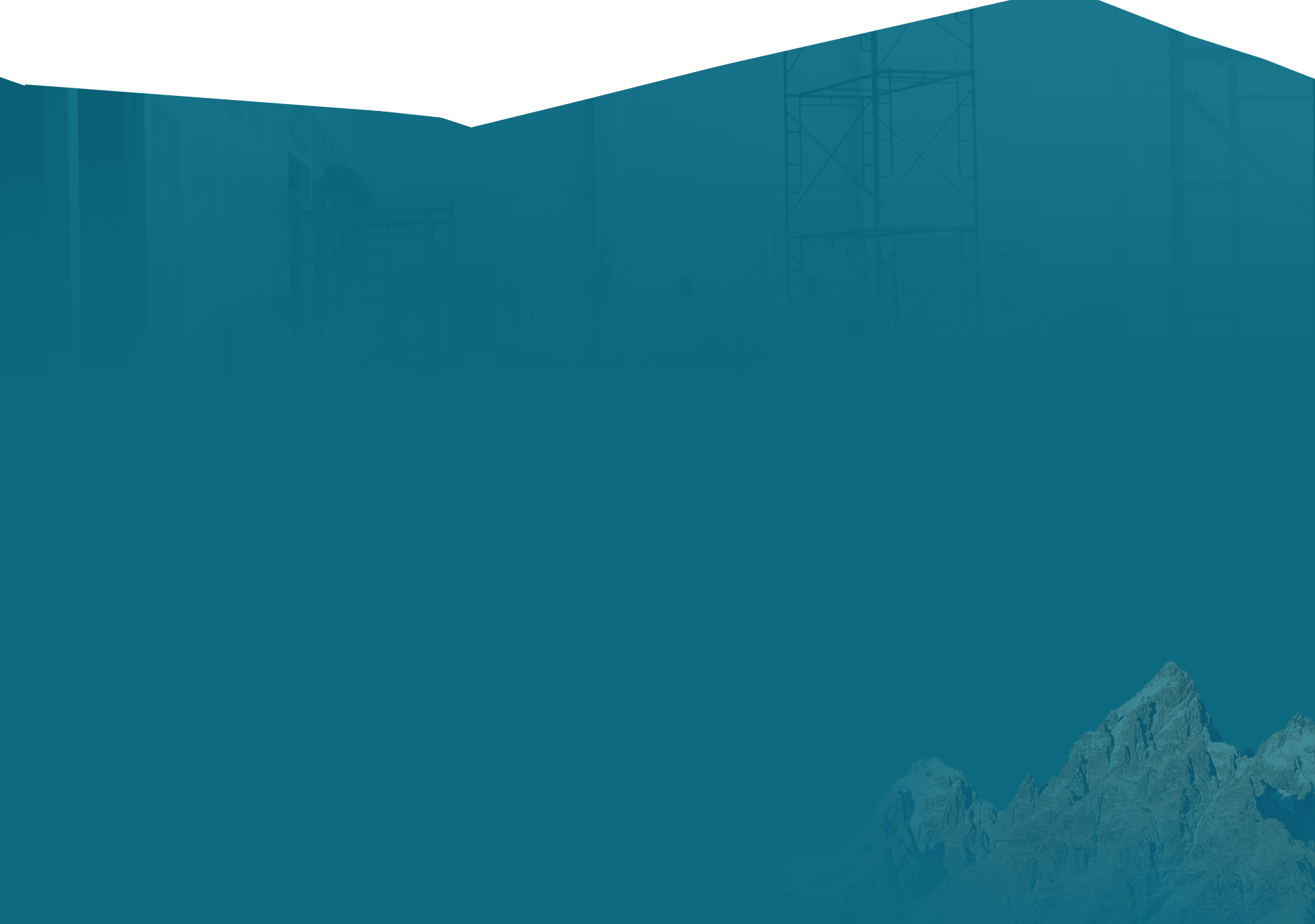
Why is Corrosion Dangerous?
Corrosion Control in Philadelphia
Corrosion is the deterioration of a material, usually metal, due to chemical reactions with its environment. The most common form of corrosion is rusting, which occurs when iron or steel is exposed to oxygen and moisture. Corrosion often affects industrial and commercial buildings, which is why it’s important to be aware of the dangers it poses. Read on to find out why corrosion is dangerous and what you can do about it.
Structural Damage
While corrosion may seem like a cosmetic issue, it can actually lead to serious problems. For example, rust can weaken the structural integrity of buildings, making them more susceptible to collapse. In addition, corrosion can cause pipes to leak, leading to water damage and mold growth. If corrosion gets bad enough, it can actually cause a structure to collapse completely. This could lead to serious injuries or even death.
Fire Hazard
Corrosion can also create a fire hazard. When metal corrodes, it can create sparks that can ignite flammable materials nearby. In addition, corrosion can weaken electrical wires, increasing the risk of an electrical fire. These fires are extremely dangerous and can cause significant damage to property, not to mention putting the lives of your workers at risk.
Environmental Contamination
Corrosion can also cause environmental contamination. When metals corrode, they release toxins into the air and water, which can pollute the environment and pose a health risk to humans and animals. In addition, corrosion can damage buildings and infrastructure, which can lead to costly repairs or replacement.
Safety Hazards
Corrosion can also create safety hazards. For example, rusted pipes can leak flammable or toxic gases, which can pose a fire or health risk. Corrosion can cause electrical components to fail, which can lead to fires or explosions. If the corrosion has produced rust, these particles can be harmful to humans if they are inhaled. Rust has been known to lead to respiratory disorders, making it a dangerous problem.
How to Prevent Corrosion
At Alpine Painting & Restoration, we offer a variety of corrosion control services to help prevent the deterioration of your property. Our services include painting, sealing, and waterproofing, which can help protect your property from the elements. We also offer cleaning and repair services to remove existing corrosion and repair any damage that has been caused. Our specialty coatings will also help to prevent future corrosion.
If you’re concerned about the condition of your property, contact us today to schedule a consultation. We will assess the condition of your property and recommend the best course of action to protect it from further damage.
Contact Us for Corrosion Control in Philadelphia
Corrosion is a serious problem that can cause structural damage, environmental contamination, and safety hazards. If you suspect that your property has been affected by corrosion, it’s important to contact a professional for corrosion control in Philadelphia. At Alpine Painting & Restoration, we offer a variety of services to help prevent and repair corrosion damage. Contact us today to learn more about our services or to schedule a consultation.




